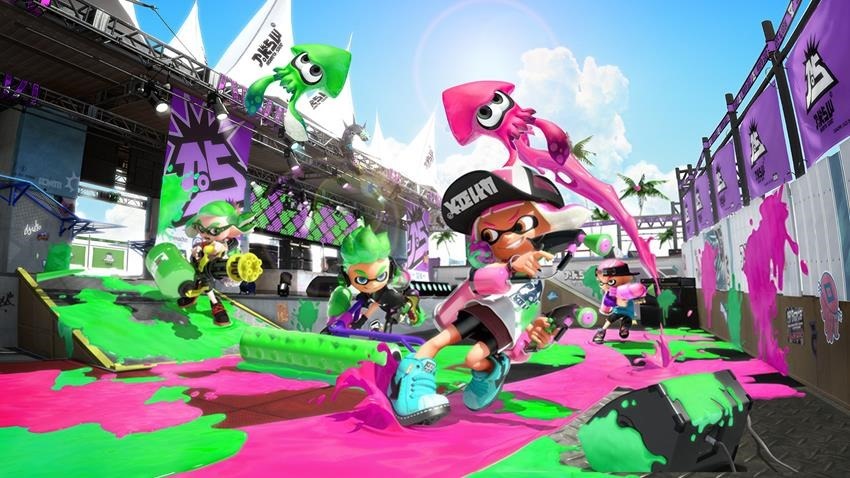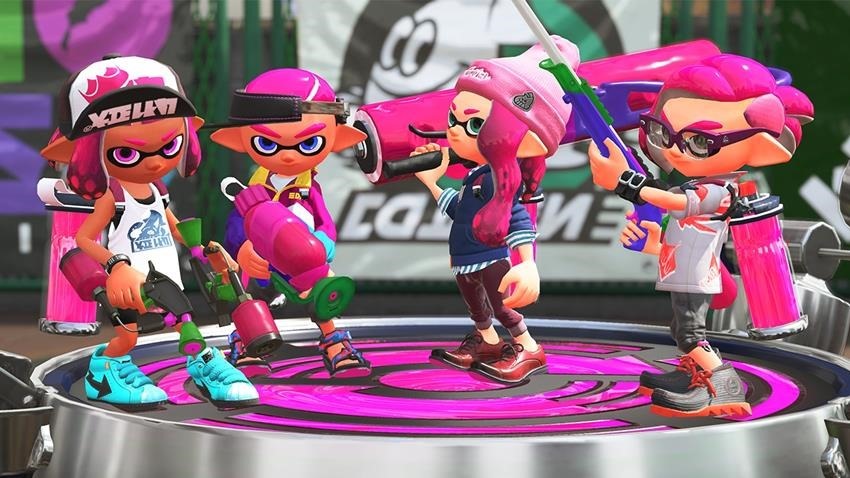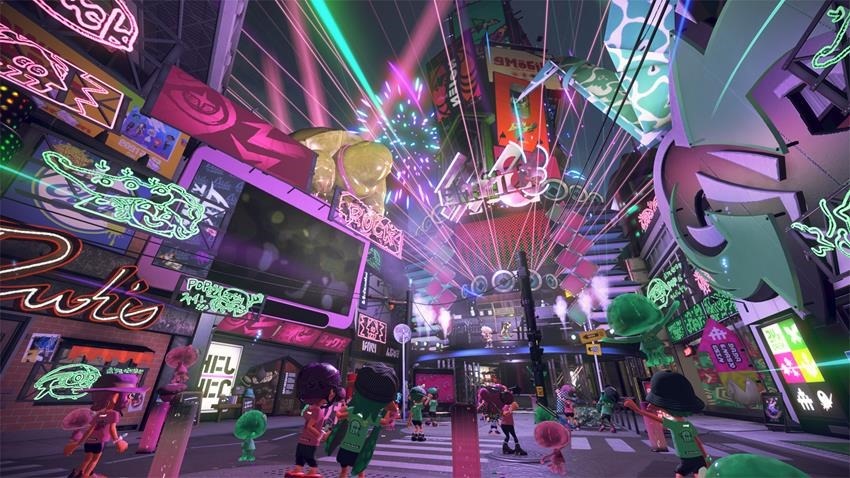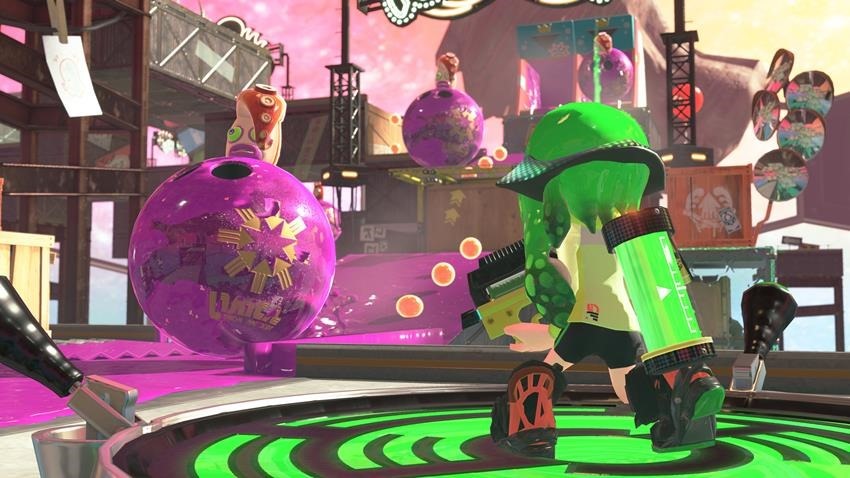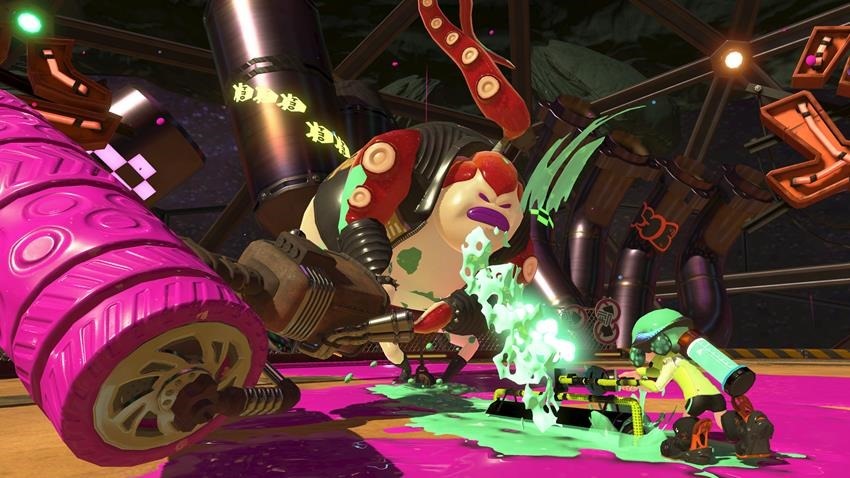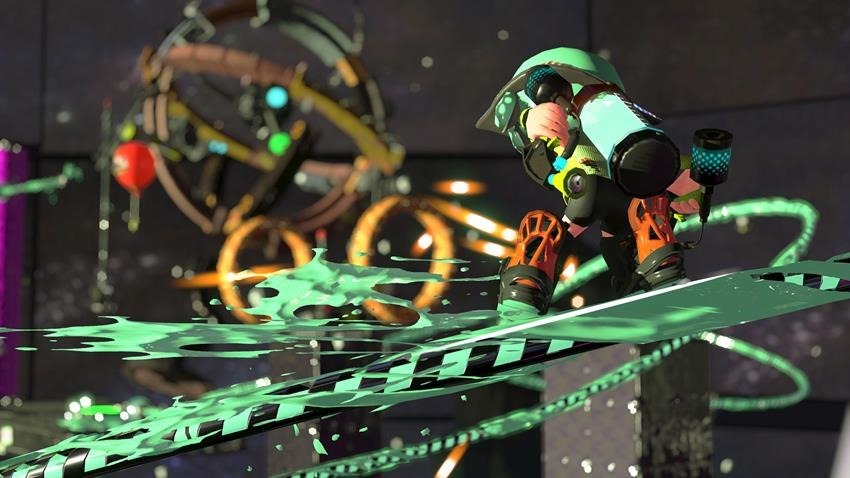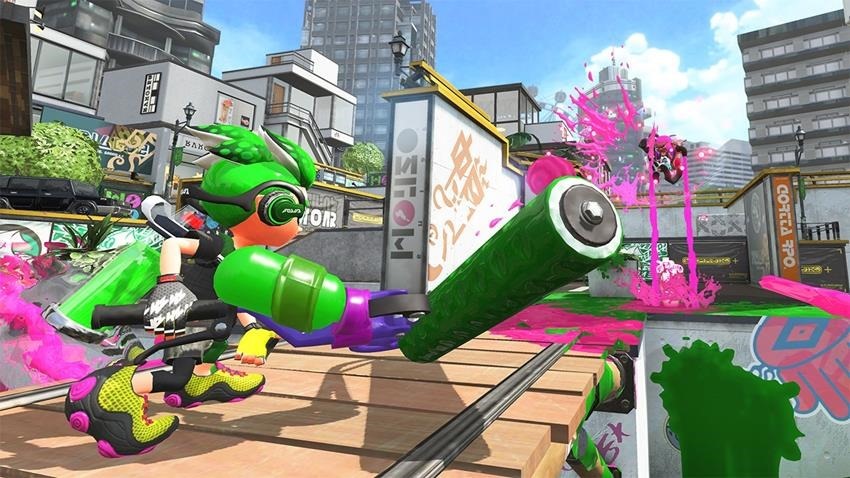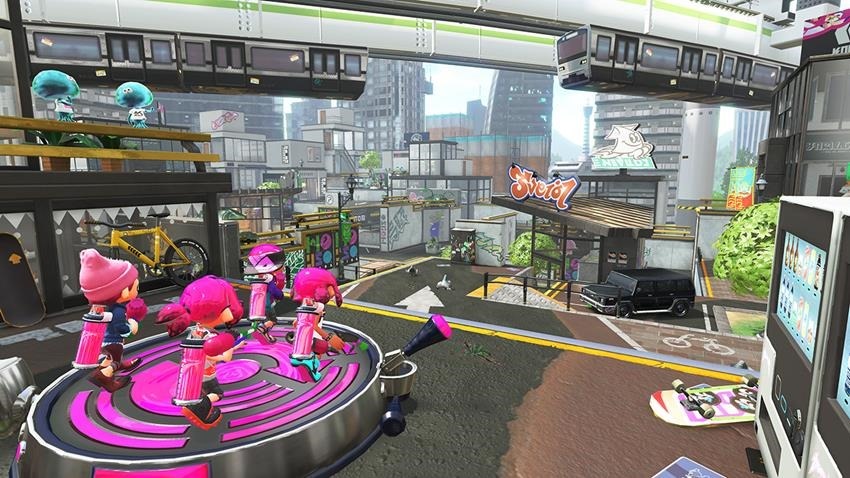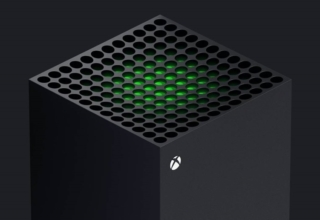If Splatoon was perhaps too little late on the Wii U radar to make any meaningful impact, Splatoon 2 embodies everything you might have missed from the first stint of the seminal new Nintendo IP. It’s a fast, still fresh feeling twist on traditional shooting is right at home on the Nintendo Switch, while also helping elevate some new modes that round out this package as a far more celebratory, content-full product. Even if some of the first game’s mistakes are needlessly repeated.
Splatoon 2 doesn’t change much from the core gameplay of the first title. There’s still a large emphasis on turf-based combat – using your Inklings and their paint flinging weapons to cover as much of a map in your chosen colour as possible. Throwing down ink allows you to transform into a colourful cephalopod, letting you traverse terrain faster and up more obtuse angles. Getting into the swing of when to shoot and when to swim is delightfully inviting still. And once you’ve really got that rhythm going, the quick switches from shooting down a path to hopping in mid-air to catch your ink below still feels exhilarating.
New weapons are mostly what makes the biggest difference here. Guns such as the Splat Dualies speak to faster players, letting you introduce active rolls into your repertoire of movement. Others, such as the bucket-like Slosher and the more artistic Octobrush let you cover a large area with your paint, while being deadly to those who get close. Each of Splatoon 2’s weapon tiers has its own advantages and drawback, making you think deeply about how much painting range you want, the area you want to effect during each shot, and just how effective you might be against another inkling.
The balance of these elements is important, but it’s something Splatoon 2 sometimes forgets. Online lobbies still don’t allow you to change your loadout without quitting out of them, never mind during a match itself. There’s an odd emphasis on your singular ability to affect a match, and a sense of frustration when you’re randomly clumped with a group of three other players all brandishing Rollers. The imbalance would be counter-acted by the chance to have even just a selection of three different loadouts to switch between on the fly; something which Nintendo does effortlessly in other multiplayer focused games like ARMS.
This is especially problematic in Ranked lobbies. These highly competitive matches that can end in (literally) a matter of seconds require the sort of cohesive teamwork that Splatoon’s online infrastructure simply doesn’t allow. It was forgiven in the first title, but with strides made in games like Mario Kart 8 Deluxe (which lets you change your entire kart in-between games), there’s no reason for it to be absent here anymore. It takes the sting out of Ranked strategy when you’re just forced to deal with an uneven team pairing, and even more frustrating when you have to back out of a connected lobby altogether to change it.
It’s disappointing because Ranked play is, otherwise, an incredibly captivating experience. It throws out the Turf Battles of normal play and again replaces them with three slightly more focused endeavours. Rainmakers is a twist on Capture the Flag, where a team must escort the incredibly powerful weapon to the other side of the map. Splat Zones has each team vying for control of a particular portion of the map, while Tower Control tasks you with controlling a moving objective until it reaches three sets of goals. Each of these modes brings the best of Splatoon 2’s mechanics, cranking the tension to its highest points online and demanding teamwork that the (as yet unreleased) voice chat app provides.
Many of Splatoon 2’s changes are iterative when looking solely at its returning (but captivating) online offerings, but its many changes take place outside of it. The online hub world of Inkopolis has been significantly expanded, offering a few more distractions to get lost in. You’re still able to browse clothing stores and outfit your unique Inkling with new gear, which bolsters both your freshness and specific abilities in games. Gear you might spy on other players around the square can also be ordered daily for large cash requests, making your sociability just as important as your window shopping.
New to this is the ability to re-roll certain slots on your gear, as well as purchase the exact advantage you might want to replace it with. They’re costly practices, but give Splatoon 2 a more direct path towards the gear you want to better your play style, rather than depending on random luck. A new food vendor also helps with this, offering specific foods that might increase your chances of rolling a specific ability when your gear levels up through online play. Experience point boosters and currency amplifiers are just an additional bonus to this new addition to Inkopolis.
There’s even a Dance Dance Revolution styled mini-game for you to lose hours to, which I unashamedly found myself doing.
But given that Splatoon 2 now finds itself on a mobile platform, which can just as often be connected to the internet as much as it’s not, single-player content is probably even more important in this sequel. And thankfully, the underappreciated mode from the first game gets a significant amount of content this time. The tale is still just window dressing to string together a bunch of self-contained levels for you to blaze through, but Splatoon 2’s single-player still shows the depth of the mechanics this game has to offer.
Styled more like puzzles rather than extensive shooting galleries, Splatoon 2’s Hero Mode feature several hub worlds each with their own uniquely-themed stages. The beginning starts off as an extended tutorial piece, introducing you to new types of weapons and traversal elements (such as paint lines that double up as grind rails), but the stages soon start combining these elements into engrossing and challenging tests of your Splatoon understanding. Traversal is the key element here, with each stage demanding some deep understanding of where to paint, when to paint, and when you shouldn’t turn into a squid and fall to your death.
The encompassing boss battles are still a high point too, each with their own weaknesses that ask you to use your specified weapons to great effect. Returning too is the sublime soundtrack that made these duels such a standout in the first game. Splatoon 2 doesn’t skip on the electric beats of its first game, delivering a soundtrack that is both infectious and hard to forget. Coupled with the far cleaner visuals and overwhelming colours, and you’ve got an aesthetically pleasing game that’s a treat for the both eyes and ears.
New to the package though is a co-operative mode called Salmon Run, which features its own forms of game design brilliance and Nintendo weirdness. Instead of an increasingly difficult and endless horde of malformed Salmon enemies for you and three other friends to tackle, Salmon Run is instead a sort of limited mode that’s not always available to you. The mode itself is only open when Nintendo decides it is on a schedule, remaining locked outside of local play otherwise.
And even when it’s open, it’s rather strange. You’re propelled to a new map to survive three waves of enemies, with the map changing structure each round. You’re also tasked with collecting a certain number of Gold Eggs during each stint, which can only be obtained from one of the seven larger Salmon enemies you face. Taking these down with very different strategies between each creates some of the tensest sessions of co-operative play the mode has to offer. And in those pockets of fun, Salmon Run really does shine.
The more you play, the harder each subsequent game gets, increasing your potential gains. You’ll accumulate both in-game currency to burn in Inkopolis and keep a bonus wheel ticking over, which only really comes into effect when the map rotates (every two hours, reducing your progress to that point as a result) or the mode closes. Salmon Run feels like a frantic rush to get as many games in as possible when it’s open, in an attempt to claim that window’s specific reward. It could be gear or a new weapon, which gives you incentive to really pay attention to when it’s open. But if you’re looking for just a casual mode to pass time with while not shooting other players online, this isn’t really it.
It joins a few other smaller issues that have sadly carried over from the series’ debut on Wii U. There’re still only two maps on offer for each mode at any given time, and a single game mode for Ranked play. These still rotate every two hours, but it’s strange that this is still some weird limitation. Joining friends in a game is also still weirdly obtuse, and taking a few attempts to even just understand when I could and when I couldn’t join someone in a lobby they were in. And that’s ignoring the fact that there isn’t a single way to quit out of a lobby once you’re searching for other players (outside of putting the Switch to sleep and killing the connection).
It’s slight blemishes like this that really bring down a sequel that otherwise feels far more polished and content full than the first game ever did on Wii U. There’s no mistaking that Nintendo understood the initial shortcomings of Splatoon and set out to rectify that above everything else, while refining the already great gameplay to a point of near perfection. It’s just some strange decisions around Salmon Run and the consistently unfriendly online infrastructure that get in the way. Even when Splatoon 2 is hitting its highest points, it’s not escaping some of the ghosts of its past.
Last Updated: July 19, 2017
| Splatoon 2 | |
|
Splatoon 2 is a far more robust, polished game, with heaps more content than its debut ever had, but still sadly retains some of its biggest shortfalls. An absurdly addictive formula of gameplay that remains unique and inviting, but with an encompassing online infrastructure that’s sometimes at odds with itself.
|
|
|---|---|
| Splatoon 2 was reviewed on Nintendo Switch | |
|
83 /
100
| |

